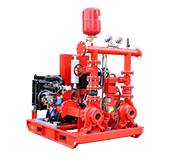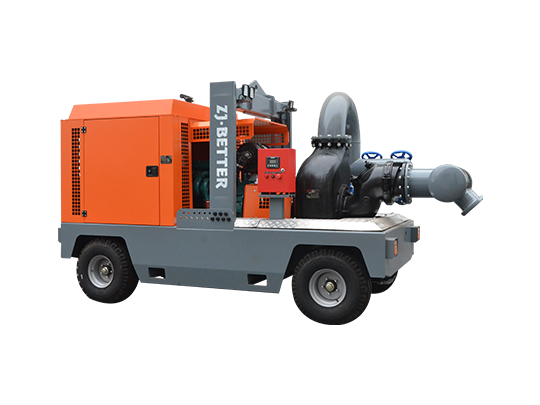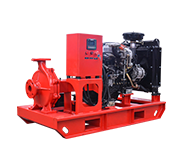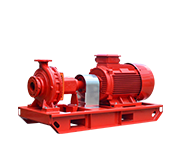.jpg)
1. Collect and sort out various data related to the transported liquid, including physical and chemical properties such as corrosiveness, toxicity, density, viscosity, vapor pressure, solid particle content and size of the transported liquid, temperature, pressure, flow rate and their possible changes operating conditions, as well as the conditions and piping characteristics of the piping system, the installation conditions and installation methods of the pump.
3. According to the sample provided by the manufacturer or the performance table of the centrifugal pump in the national standard, select the pump model.
In general, the material of the pump depends on the corrosiveness of the liquid. For example, stainless steel, glass steel and other materials can be used as the main corrosion-resistant pump for the transportation of ammonium sulfite. Gray cast iron can be used as the main material for the pump. The diameter of the pump and the population depends on the flow rate of the liquid. The number of pump stages depends on the required head of the pipeline, so that the pump head is slightly higher than the required head of the pipeline. The sealing performance of the pump depends on the toxicity of the liquid, for example, the sealing of the packing for the delivery of clean water, and the mechanical seal for the transportation of benzene.






